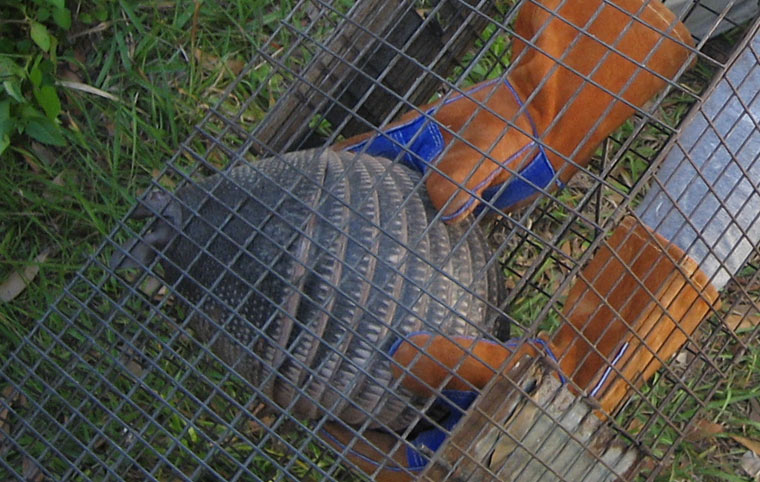-
info@aaanimalcontrol.com
Call us for help in your town
Humane Wildlife Education
Legality of trapping a wild animal
Need wildlife removal in your hometown? We service over 500 USA locations! Click here to hire us in your town and check prices - updated for year 2020.
You will generally find, depending on the animal, it is not unlawful to trap it on your own land. The laws will differ greatly from state to state across North America, so we would always recommend that you do some reading before you take any action. If you can't find the information you're looking for, give local wildlife professionals a call. Many of them will be more than happy to give you some free advice over the phone. That’s just one of the services that we provide. If we know that you are about to do something that is against the law, we will tell you. We won't let you just make that mistake.

The truth is, irrespective of the law, sometimes it's just not smart to try and trap a wild animal. It very much depends on the animal in question, and also the land on which you're trying to trap it on. You're not allowed to put other animals, including humans domesticated pets, in any danger, and that makes using certain traps quite difficult. If you're looking at adding a one-way exclusion door with a trap on the side of your house, with the intention of trapping a squirrel that is causing you hassle in the attic, the law generally works in your favor. The same cannot be said for bats, on the other hand. Certain species are protected. This means you can't trap them at all. In various states, you are not allowed to trap or attempt to move the animal while it is nesting either. For the record, nesting times are generally when they would try to hit your attic anyway. You would need to wait for those babies to mature enough to be able to leave the nest, before installing one-way exclusion devices to encourage the bats to set up home somewhere else. All the while sealing up the holes the animals used to access your attic or building in the first place, otherwise the problem will just come right back around next year, and maybe even sooner if you're unlucky, and with another wild animal entirely. It is not unusual for wild animals to use an entrance hole (or nest / den) that was initially built by another animal.
There are many more problems associated with trapping wild animals too. In fact, the whole process of wild animal removal and exclusion is quite an extensive one, often with dangerous jobs that you definitely shouldn't attempt alone. Crawling around on the roof, for example, will involve working with a ladder and heights. This means that you will need another person to supervise, because everyone knows it's not safe to use a ladder alone. Falls and accidents are one of the biggest negative side effects of wild animal control, and is another reason why many homeowners should probably just leave it to the professionals.
Bites and scratches are other common injuries when dealing with wild animals, and things can even more serious than that when you’re handling creatures that are known to carry dangerous diseases. Armadillos, for example, can carry the leprosy bacteria, and raccoons are well known for their ability to carry and transmit the rabies virus. Let’s not forget about the plague with rats, and that's before we look at fleas, mites and ticks, as well as other parasites, including roundworm.
Before looking at trapping a wild animal, first take a step back. Look at the bigger picture. You are not just going to need to capture this animal, you’ll need to work out where the nest is too. There is very rarely just the one wild animal in your home. It is more often than not a mother with a nest of babies somewhere, and nothing is more vicious than mother just trying to protect her babies. You’ll need to find this entire family, and then remove it. And then you'll need to clean up any contaminated material, and that mean replacing the entire attic insulation in some cases. The damage caused by these creatures can be exhaustive, and some of it is hidden too. Unless you know what you're looking for, you might miss something that could cause you problems later on.
Unless you’re willing to do the entire job, which might even include a full home inspection, don't attempt to do the job. You’ll just spend a whole load of time, effort and patience on something that just won’t work.
For more information, you may want to click on one of these guides that I wrote:
How To Guide: Who should I hire? - What questions to ask, to look for, who NOT to hire.
How To Guide: do it yourself! - Advice on saving money by doing wildlife removal yourself.
Guide: How much does wildlife removal cost? - Analysis of wildlife control prices.
animals in the attic
noises in the attic


















